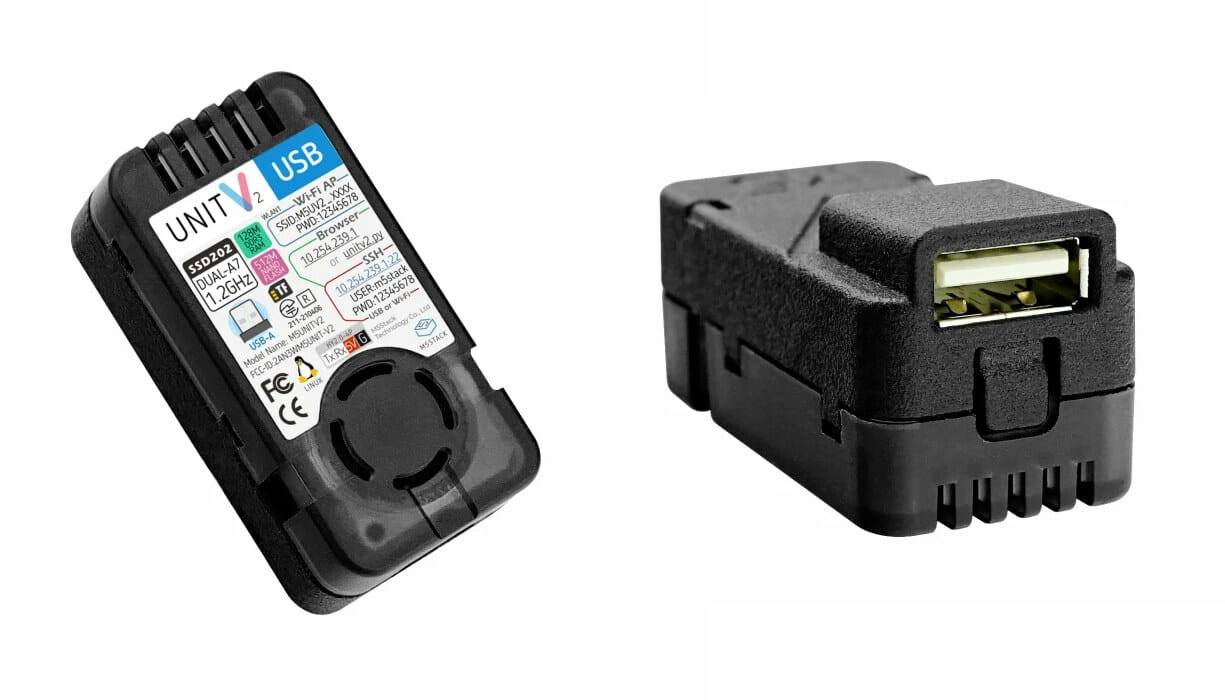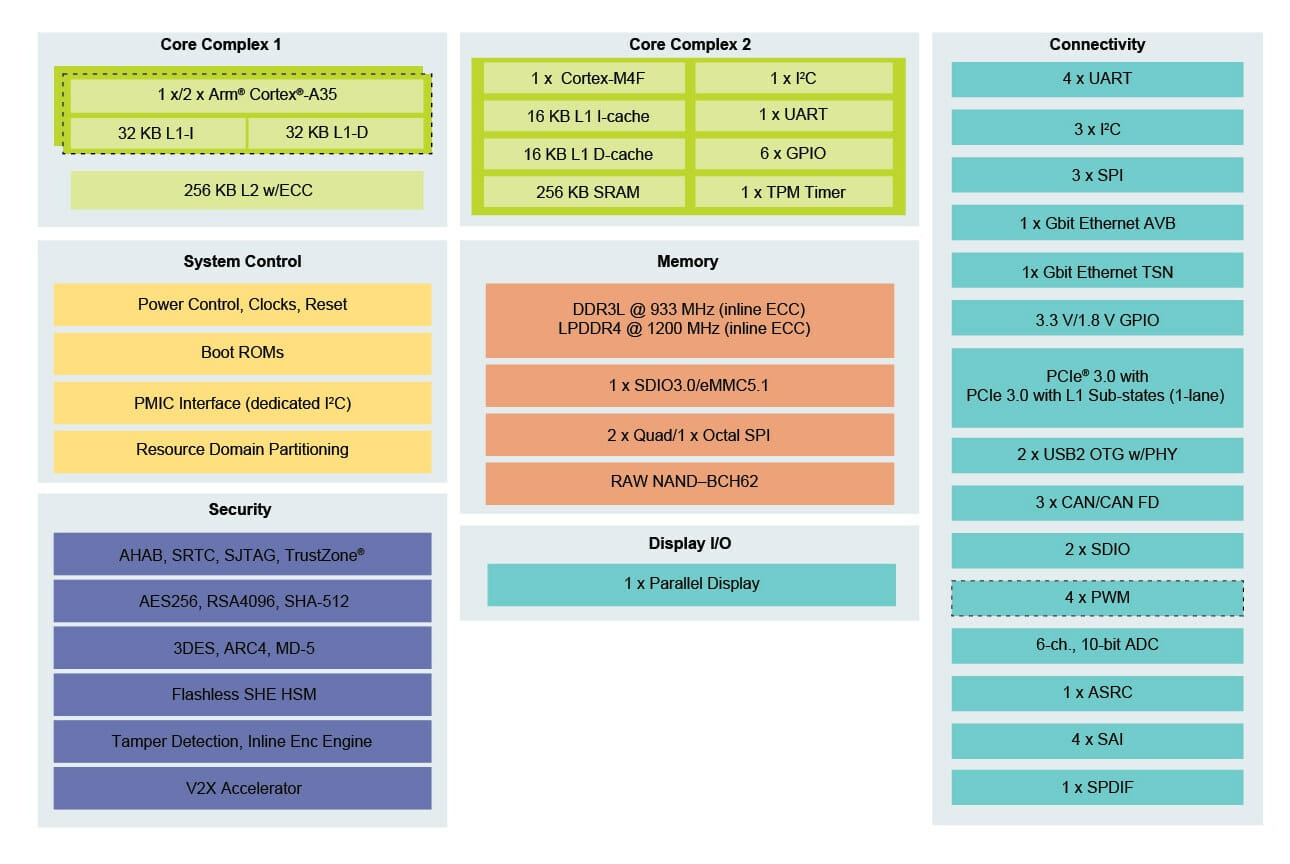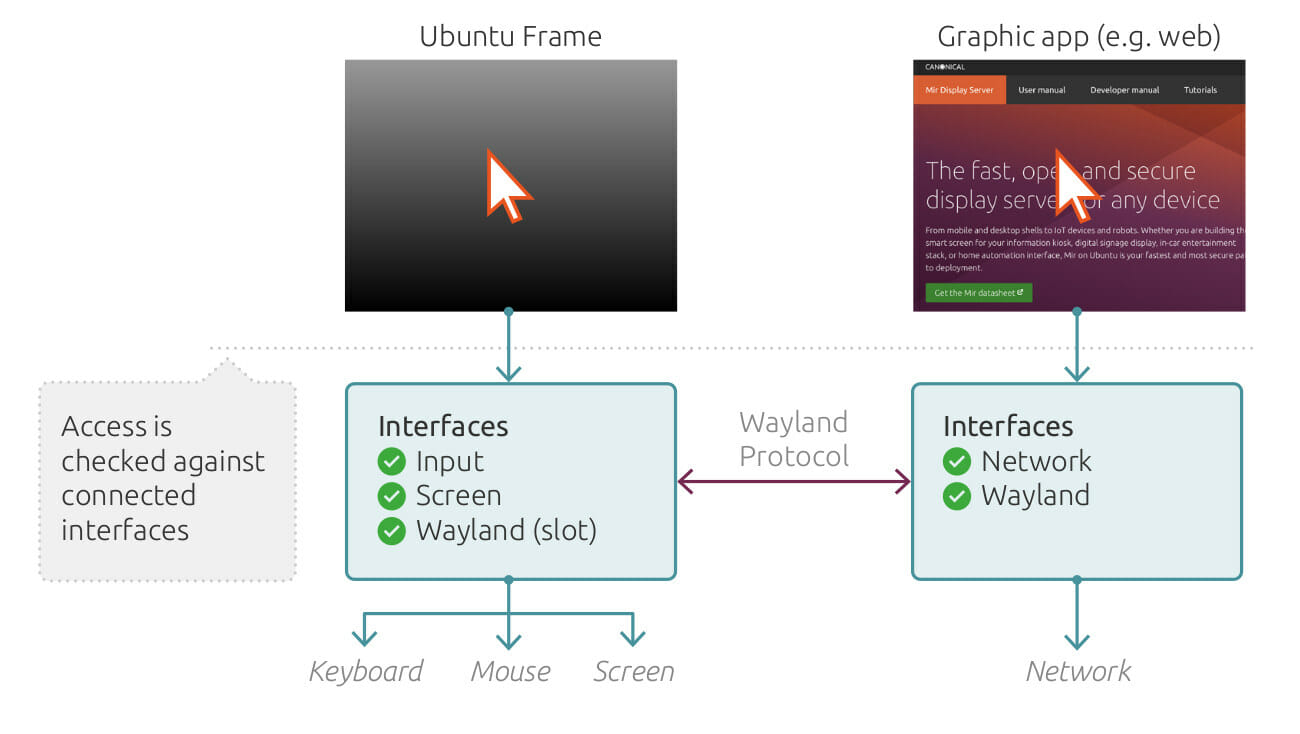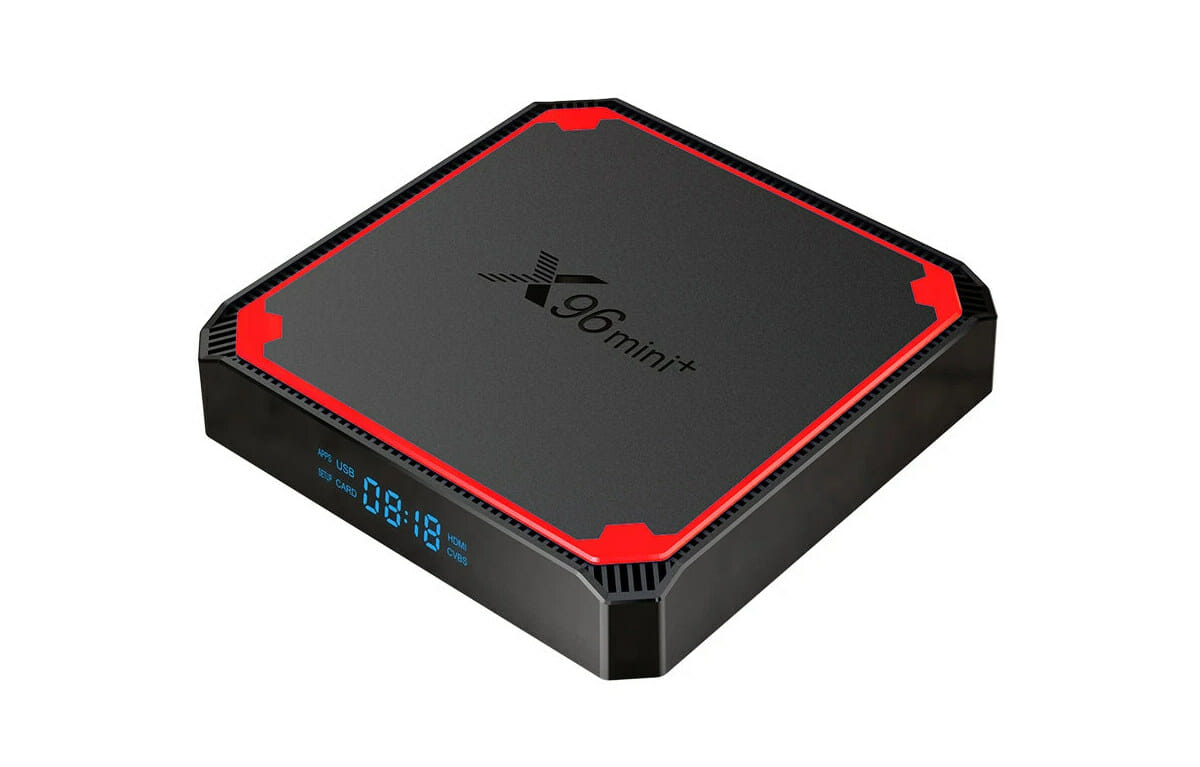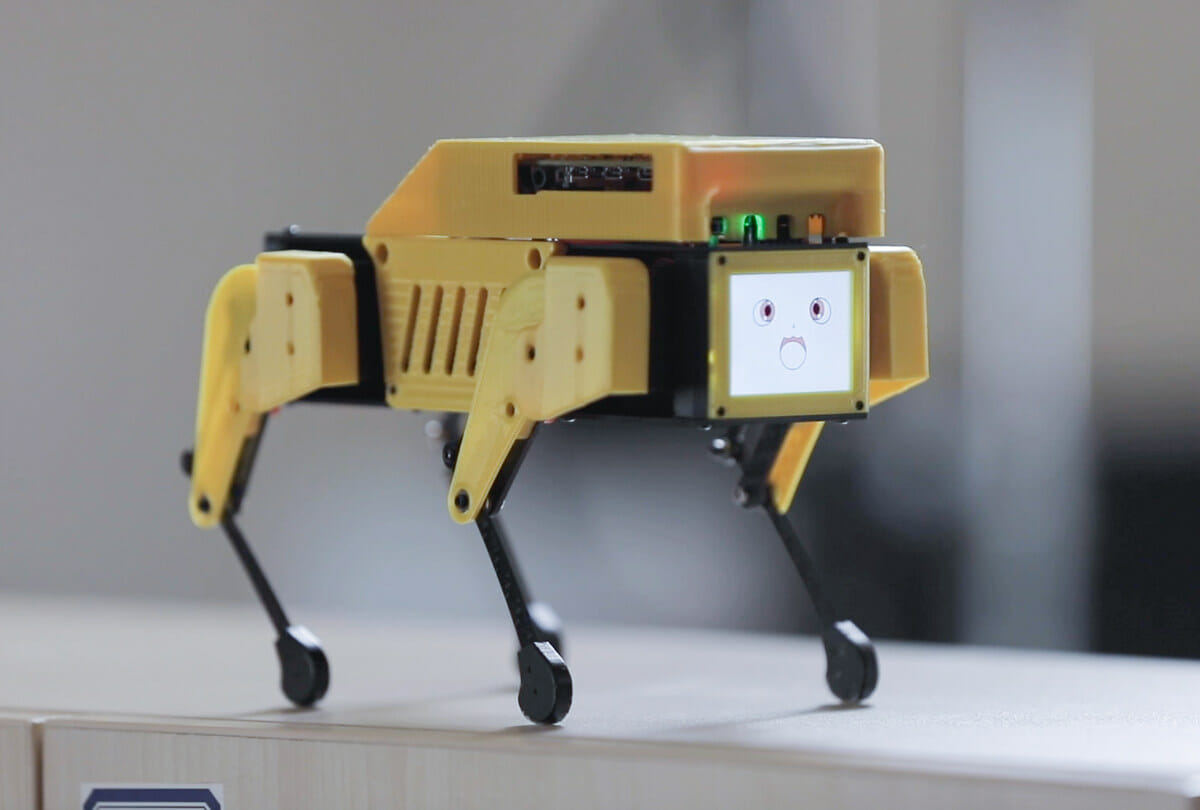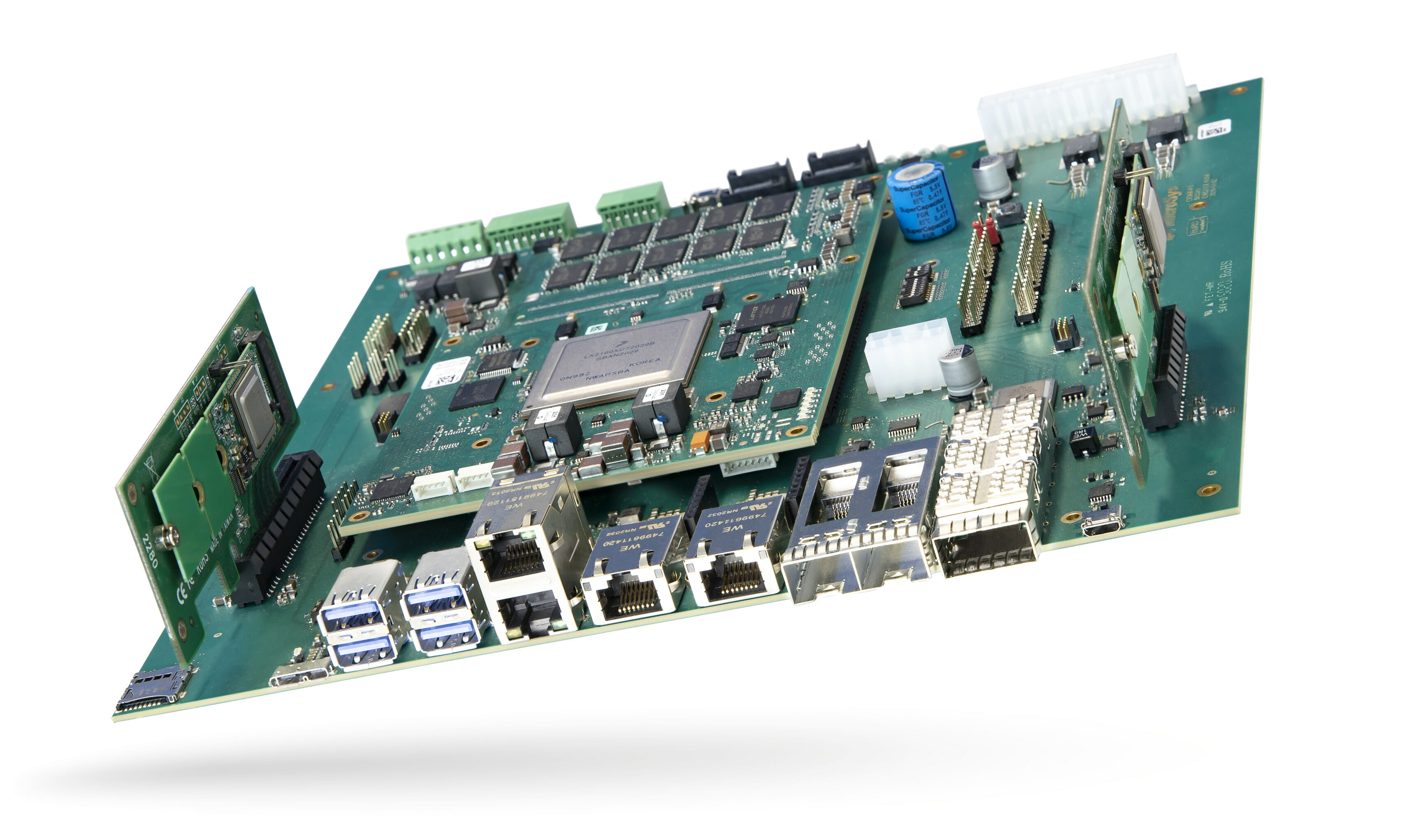M5Stack UnitV2 is an ultra-compact Linux AI camera powered on Sigmastar SSD202D SoC with a dual-core Cortex-A7 processor @ 1.2 GHz, and 128MB on-chip DDR3 that was launched in April 2021 with a Full HD camera featuring a 68° field-of-view. M5Stack has now introduced two new models, one called M5Stack UnitV2 USB without any camera at all, instead relying on an external USB UVC camera, and the other named M5Stack UnitV2 M12 equipped with an M12 socket and shipping with both a normal focal length camera with an 85° FoV and wide-angle focal length with a 150° FoV. M5Stack UnitV2 USB M5Stack Unitv2 USB specifications: SoC – SigmaStar SSD202D dual-core Cortex-A7 processor @ 1.2 GHz with 128MB on-chip DDR3 Storage – 512MB on-chip NAND flash with around 100MB free space, MicroSD card socket Camera – N/A Audio – Built-in microphone Connectivity – 2.4GHz WIFi 4 up to 150 Mbps (RTL8188FTV), […]
How to fix “The device isn’t Play Protect certified” error message in Android
I’m currently testing Zidoo M6 with Android 11. The mini PC is mostly designed for industrial and commercial use cases, so it may not need to be certified by Google in order to access Google apps and services like a consumer device. But for review purposes, it can still be an inconvenience, as I got the message “The device isn’t Play Protect certified – Google apps and services can’t run on this device” when trying to use Google Play and login with one of my Google accounts. This does not look good, and Chrome, a Google app, refuses to work as well. I still tried to log in, but it just failed, returning an error telling me: “Your account wasn’t added. Try again”. That would mean I’d have to download the apps on my PC and sideload them with a USB flash drive. That’s not practical, and there’s must be […]
GPU-less NXP i.MX 8XLite Cortex-A35/M4 SoC is aimed at IIoT & V2X applications
NXP i.MX 8XLite SoC is a cost-optimized version of NXP i.MX 8X automotive processor with up to two Cortex-A35 cores, one Cortex-M4F real-time core, and in a GPU-less configuration since it lacks the Vivante GPU found in i.MX 8X family. The headless processor also comes with dedicated Hardware Security Modules (HSM) to enable telematics solutions, vehicle-to-everything (V2X) applications including vehicle-to-vehicle (V2V) and vehicle-to-infrastructure (V2I) solutions, road infrastructure connectivity, as well as IIoT applications such as industrial equipment and building automation. NXP i.MX 8XLite key features and specifications: Processor complex 1x or 2x Arm Cortex-A35 cores @ up to 1.2 GHz with 256KB L2 cache with ECC 1x Arm Cortex-M4F core for real-time processing Memory I/F – 16-bit DDR3L-1866 and LPDDR4-2400 with ECC protection Storage I/F 1x FlexSPI for fast boot from SPI NOR flash 2x SD 3.0 card interfaces 1x eMMC5.1/SD3.0 NAND (62-bit ECC support) Networking – 1x Gigabit Ethernet […]
Ubuntu Frame is a secure display server for embedded systems
Canonical has announced and released the Ubuntu Frame display server for embedded systems such as interactive kiosks, digital signage solutions, or any other embedded devices with a graphical output. The solution aims to allow developers to build and deploy graphical applications more easily and quickly, as Ubuntu Frame requires less code since, as Canonical explains, there’s no need to integrate and maintain partial solutions such as DRM, KMS, input protocols, or security policies. Ubuntu Frame fullscreen shell is based on Wayland, requires snaps support, and offers compatibility with existing graphical toolkits such as Flutter, Qt5/6, GTK3/4, Electron, and SDL2, as well as support for web-based graphical applications written with HTML5 and/or Java. Besides the ease of development, the other main reason to use Canonical new display server is security: Ubuntu Frame adopts Wayland for a modern and secure approach to graphics. Thanks to Ubuntu Frame’s own secure socket, applications can […]
Amlogic S905W4 TV Box ships with Amlogic W1 WiFi 5 module
As I just posted about MediaTek Filogic 830/630 WiFi 6/6E chip, I was informed that Amlogic may have its own WiFi chip as “W1” module showed up in the SDK’s source code. It turns out there’s at least one TV box with Amlogic W1 802.11b/g/n/ac module/chip?, namely X96 Mini+, that also happens to come with an Amlogic S905W4 quad-core Cortex-A53 processor we’ve never covered on CNX Software. Apart from the new processor and WiFI module, X96 Mini Plus is your typical entry-level 4K TV box with up to 2GB RAM, 16GB storage, HDMI 2.0 video output, composite video output, Ethernet, and a couple of USB ports. X96 Mini Plus specifications: SoC – Amlogic S905W4 quad-core Arm Cortex A53 @ 1.2GHz with penta-core Mali-450MP GPU @ 750MHz System Memory – 1 or 2GB DDR3 Storage – 8GB or 16GB eMMC flash, microSD card slot Video Output – HDMI 2.0a up to […]
Mini Pupper – Raspberry Pi 4-based robot dog teaches ROS, SLAM, navigation, computer vision (Crowdfunding)
Mini Pupper is a Raspberry Pi 4 powered robot dog inspired by Stanford Pupper open-source quadruped robot, and designed in “light collaboration” with Nathan Kau, the original creator of Stanford Pupper. Just like the original design, MangDang’s Mini Pupper is open-source, based on Ubuntu and ROS (Robot Operating System), and designed for robotics education in schools, homeschool families, enthusiasts and others, with notably students being able to learn out to use ROS, SLAM, navigation, and OpenCV computer vision through online courses that will come with the robot. Mini Pupper key features and specifications: SBC – Raspberry Pi 4 Model B with 2GB RAM Storage – 2GB microSD card Display – 320×240 LCD for facial animation Camera – Support for OpenCV AI Kit Lite 12 DOF via MangDang’s custom servos Optional Lidar module for SLAM (Simultaneous localization and mapping) Battery – 800 mAh Charger – Input voltage – 100-240V AC 50/60Hz, […]
miriac AIP-LX2160A 16-core embedded platform delivers up to 130 TOPS with 5 Hailo-8 modules
MicroSys Electronics miriac AIP-LX2160A embedded platform combines a 16-core Cortex-A72 NXP LX2160A networking processor with up to five Hailo-8 AI accelerator modules delivering up to 130 TOPS of AI inference performance. The board supports up to 128 GB RAM, up to 4x SATA hard drives, up to 100GbE connectivity, and appears to be especially suited to applications with multiple IP video streams requiring real-time video analytics. miriac AIP-LX2160A specifications: SoC – NXP Layerscape LX2160A with 16 Arm Cortex-A72 cores @ up to 2.2 GHz AI accelerators – 2x Hailo-8 M.2 AI Acceleration Modules, upgradeable to up to 5 Modules via NGFF M.2 Key M card System Memory – Up to 128 GB DDR4 RAM & optional ECC, up to 3200MT/sec, up to 4 ranks (combined design: 2x discrete & 2x SODIMM) Storage 4x SATA III ports Up to 256 GB eMMC 5.1 flash, additional eMMC device on carrier board Up […]
Android 12 source code pushed to AOSP
Google has now pushed Android 12 source code to AOSP (Android Open Source Project), after introducing Android 12 new features and the developer preview in February, and the first Android 12 Beta in May. The latest version of the mobile operating system should become available on recent Google Pixel phones in the next few weeks, followed by phones from Samsung, OnePlus, Oppo, Realme, Tecno, Vivo, and Xiaomi. You can download the code with the following command :
|
1 2 |
repo init -u https://android.googlesource.com/platform/manifest -b android-s-beta-5 repo sync |
Eventually, there should be an Android 12 tag in the manifest similar to android-12.0.0.0_r1. But that still means developers can start retrieving the source code to adapt the operating system to their needs, for example, to implement support for single board computers or TV boxes that do not use Android TV OS. The release notes for the source code list of the changes made to Android 12 OS including: Support for Android […]

